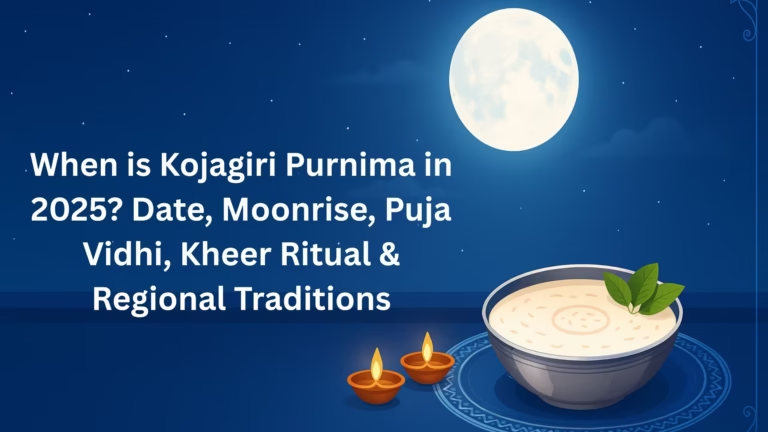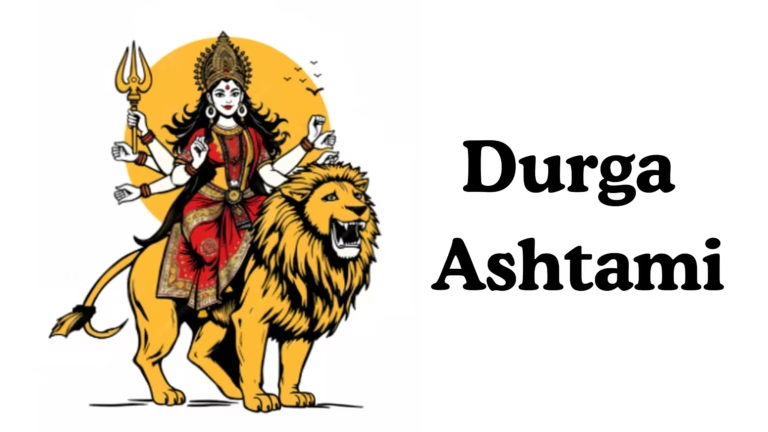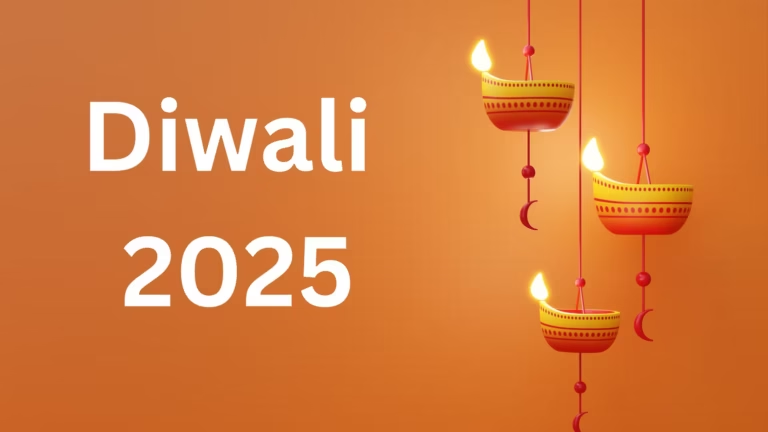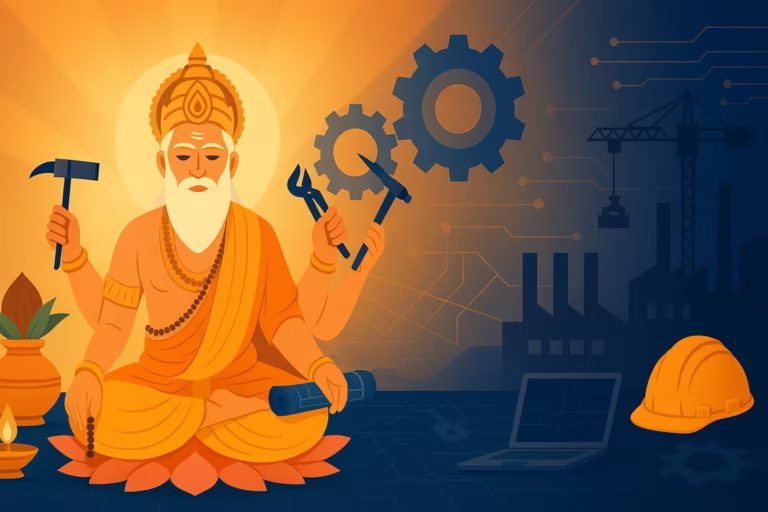The Pola festival, also known as Bail Pola, is celebrated with great enthusiasm in the rural areas of Maharashtra and Chhattisgarh. On this day, farmers worship their bulls and appreciate their hard work and service. This festival is an integral part of Indian agricultural culture and symbolizes respect for the role of bulls in farming.
Table of Contents
When is Pola?
The Pola festival is celebrated every year on the new moon day (Amavasya) of the Shravan month, also known as Pola Amavasya. This year, Pola will be celebrated on September 2, 2024. This day is mainly observed in rural areas, especially in Maharashtra and Chhattisgarh, where farming is the foundation of life.
Significance and History of Pola
The origin of the Pola festival dates back to ancient times. It is an agriculture-based festival celebrated to honor the contribution of bulls in farming. Bulls are considered a farmer’s greatest ally, helping with plowing fields, sowing seeds, and other agricultural activities. On this day, bulls are specially decorated, and worshipped with great reverence.
During the Pola festival, farmers express their gratitude towards their bulls for the hard work they perform throughout the year. This festival is a representation of traditional farming methods and the deep connection between agriculture and the people involved in it.
Pola Worship Rituals
On the day of Pola, farmers bathe their bulls, dress them in fresh, colorful clothes, and decorate their horns. In some places, the horns are painted, and bells are tied around the bulls’ necks. Special rituals are performed to honor the bulls, where turmeric, rice, flowers, and incense are offered during the worship. After the worship, a grand bull parade takes place, known as Bail Pola.
In several villages, bull races and games are also organized. Additionally, rural fairs are held where villagers and farmers participate in various events and activities.
Social and Cultural Significance of Pola
Pola is not only a festival linked to agriculture but also a celebration of social cooperation, brotherhood, and equality. During Pola, villagers come together, sing and dance, and enjoy traditional food. The festival fosters a sense of community and unity within society. For children, the festival is particularly exciting as they play with bull-shaped toys and partake in various activities.
Preparation for Pola
Preparations for Pola begin several days in advance. New clothes and decorative items for the bulls are bought. Village women prepare special dishes such as puranpoli, kheer, laddus, and other sweets. Men and children make new farming tools like plows and shoes for the bulls. On this day, bulls are not only fed well but also looked after with great care and attention.
Main Attractions of Bail Pola
The bull parade and races are the main attractions of Pola. The bulls, adorned in vibrant clothes and decorations, are taken through the village streets in a grand procession. This parade fills the entire village with excitement and joy. Children and adults alike participate in this event, enjoying the festive atmosphere as the bulls parade through the village.
Religious Rites of Pola
Pola is not just a social festival; it also has significant religious rituals associated with it. On this day, farmers visit their fields and perform rituals to honor Mother Earth, praying for a good harvest. Afterward, they worship their bulls, recognizing them as vital companions in the farming process.
Pola in Modern Times and Its Future
Even today, Pola festival holds the same importance as it did in the past. Although modern agricultural machinery has replaced bulls in many places, the festival continues to be celebrated with great enthusiasm in rural areas. In many places, the festival has also taken on a new role in promoting environmental conservation and traditional farming methods.
Pola and Modernization
In today’s modern era, when machines have largely replaced animal labor, the Pola festival serves as a reminder of the vital role bulls once played in farming. Although the festival is less visible in urban areas, it still holds great significance in rural communities, just as it did centuries ago. Through this festival, agricultural values are upheld, and the new generation is connected to their roots.
Folk Tales and Songs Associated with Bail Pola
Several folk tales and stories are associated with Bail Pola, adding to the charm of the festival. Elderly villagers recount stories related to the day, explaining how bulls have been an essential part of a farmer’s life. Additionally, many folk songs are sung during the festival, performed by both men and women as they celebrate together.
Special Foods on Pola Day
On Pola day, special meals are prepared in rural areas. Traditional Maharashtrian dishes like puranpoli, varan-bhat, laddus, and kheer are prominent. After the bulls are worshiped, all the family members come together to enjoy these special foods as part of the celebration.
Market Atmosphere During Pola
During Pola, village markets buzz with activity. People purchase decorations, toys resembling bulls, and items for the rituals. In addition, fairs with stalls selling food, clothing, and other goods are a common sight. This festive time proves to be lucrative for merchants, as villagers enthusiastically shop for the occasion.
Traditions and Rituals Associated with Pola
Several religious and cultural traditions are tied to Pola. The worship ritual and the service to the bulls hold special importance. Farmers express their gratitude to the bulls, believing that by doing so, their fields will yield good crops and bring prosperity to their lives.
Conclusion
The Pola festival is a symbol of agriculture and the cultural life of rural India. It highlights the significance of bulls and their pivotal role in the life of farmers. This festival not only honors bulls but also promotes unity, dedication, and cooperation within society.
The question of “When is Pola in 2024?” is commonly asked, especially in regions where the festival is celebrated prominently. This year, Pola falls on September 2, 2024, which coincides with Shravan Amavasya. On this day, take part in this beautiful tradition, express gratitude to the bulls, and celebrate the agricultural heritage that defines the rural communities of India.
Read This article in Hindi Click Here



